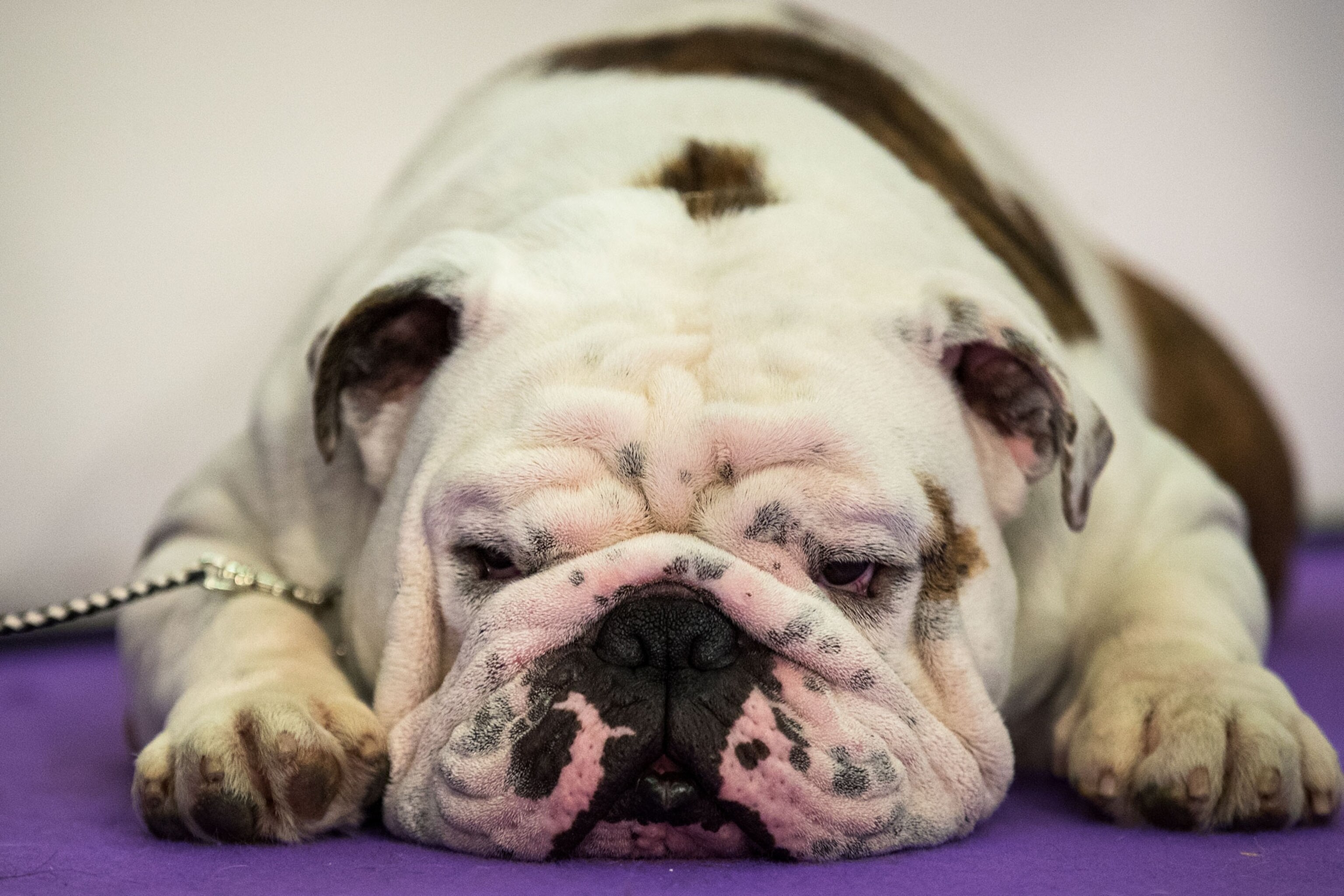






This Is Why We Find 'Ugly' Animals Cute
Blobfish, aye-ayes and jumping spiders all have a little something that makes us go "aww."
Is a frogfish as darling as a kitten?
Some may say yes—but in an ugly-cute kind of way. When Ben Patten asked Weird Animal Question of the Week what makes humans see animals as cute, we decided to look into the psychology of why we find some odd-looking animals adorable.
Turns out it's the same reason we are drawn to traditionally cute puppies and bunnies: Big eyes, large heads, and soft bodies are infantile qualities that trigger adult humans' instinct to nurture and protect, experts say. Austrian ethologist Konrad Lorenz coined this behavior as "baby schema." (Read more why we find pandas and other animals so cute.)
Ugly-cute icons (at least according to our informal poll) include sleepy-looking sloths, doe-eyed tarsiers, deep-sea blobfish, squishy-looking desert rain frogs, and round-eyed jumping spiders. (See "You Call That Cute? Here Are 10 Surprisingly Cute Critters.")
These animals' baby-like traits make us think they're "in need of our companionship or care," which causes "the rush of warm emotion that is the cuteness response," says Joshua Dale, professor of foreign languages and literature at Tokyo Gakugei University and co-editor of The Aesthetics and Affects of Cuteness.
"Creepy Cute"
In Japan, land of huge-eyed anime and Hello Kitty, ugly-cute has its own name, kimo-kawaii, which roughly translates to "creepy-cute," says Hiroshi Nittono, director of the Cognitive Psychophysiology Laboratory at Osaka University.
For instance, the Japanese love the roach-like giant isopod so much they've made it into a hot-selling plush doll.
Nittono says a Japanese kimo-kawaii picture book features meerkats, celestial eye godfish, and blue sea squirts.
The gist of kimo kawaii is that, though an animal may seem off-putting at first, the viewer will "actually find it interesting and want to approach and know it a little more," Nittono says.
Nittono also discovered our cute baby obsession has a benefit: attention to detail.
In a recent study led by Nittono, university students who played the children's game Operation improved their fine motor skills after viewing images of puppies and kittens. When they saw pictures of adult cats and dogs, however, there was no difference in their performance.
The Aye-Aye of the Beholder
Ugly-cute reminds Clemson University psychologist Oriana Aragon of the "so bad it's good" aesthetic used in horror movies and other pockets of pop culture.
In other words, fawning over what most would say is an ugly animal is "a playful way" of embracing something outside the norm, according to Aragon.
Her example? Madagascar’s aye-aye, a nocturnal primate with crooked, skeletal fingers but large, cutiepie eyes. (Related: "When We See Something Cute, Why Do We Want to Squeeze It?")
Nittono agrees, suggesting people who see an "ugly" animal could experience a feeling of "whimsical cuteness" that doesn't activate our protective instincts–but rather a sense of joy and levity.
"In short," Nittono says, "it is just funny."
What’s your favorite ugly-cute animal? Let us know in the comments.
Have a question about the weird and wild world? Tweet me, leave me a note in the comments, or find me on Facebook. Weird Animal Question of the Week answers your questions every Saturday.
Related Topics
You May Also Like
Go Further
Animals
- Orangutan seen using plants to heal wound for first timeOrangutan seen using plants to heal wound for first time
- What La Palma's 'lava tubes' tell us about life on other planetsWhat La Palma's 'lava tubes' tell us about life on other planets
- This fungus turns cicadas into zombies who procreate—then dieThis fungus turns cicadas into zombies who procreate—then die
- How can we protect grizzlies from their biggest threat—trains?How can we protect grizzlies from their biggest threat—trains?
- This ‘saber-toothed’ salmon wasn’t quite what we thoughtThis ‘saber-toothed’ salmon wasn’t quite what we thought
Environment
- What La Palma's 'lava tubes' tell us about life on other planetsWhat La Palma's 'lava tubes' tell us about life on other planets
- How fungi form ‘fairy rings’ and inspire superstitionsHow fungi form ‘fairy rings’ and inspire superstitions
- Your favorite foods may not taste the same in the future. Here's why.Your favorite foods may not taste the same in the future. Here's why.
- Are the Great Lakes the key to solving America’s emissions conundrum?Are the Great Lakes the key to solving America’s emissions conundrum?
- The world’s historic sites face climate change. Can Petra lead the way?The world’s historic sites face climate change. Can Petra lead the way?
History & Culture
- Meet the ruthless king who unified the Kingdom of Hawai'iMeet the ruthless king who unified the Kingdom of Hawai'i
- Hawaii's Lei Day is about so much more than flowersHawaii's Lei Day is about so much more than flowers
- When treasure hunters find artifacts, who gets to keep them?When treasure hunters find artifacts, who gets to keep them?
Science
- Why ovaries are so crucial to women’s health and longevityWhy ovaries are so crucial to women’s health and longevity
- Orangutan seen using plants to heal wound for first timeOrangutan seen using plants to heal wound for first time
- Should you be concerned about bird flu in your milk?Should you be concerned about bird flu in your milk?
Travel
- 5 of Uganda’s most magnificent national parks
- Paid Content
5 of Uganda’s most magnificent national parks - On this Croatian peninsula, traditions are securing locals' futuresOn this Croatian peninsula, traditions are securing locals' futures
- Are Italy's 'problem bears' a danger to travellers?Are Italy's 'problem bears' a danger to travellers?
- How to navigate Nantes’ arts and culture scene
- Paid Content
How to navigate Nantes’ arts and culture scene




